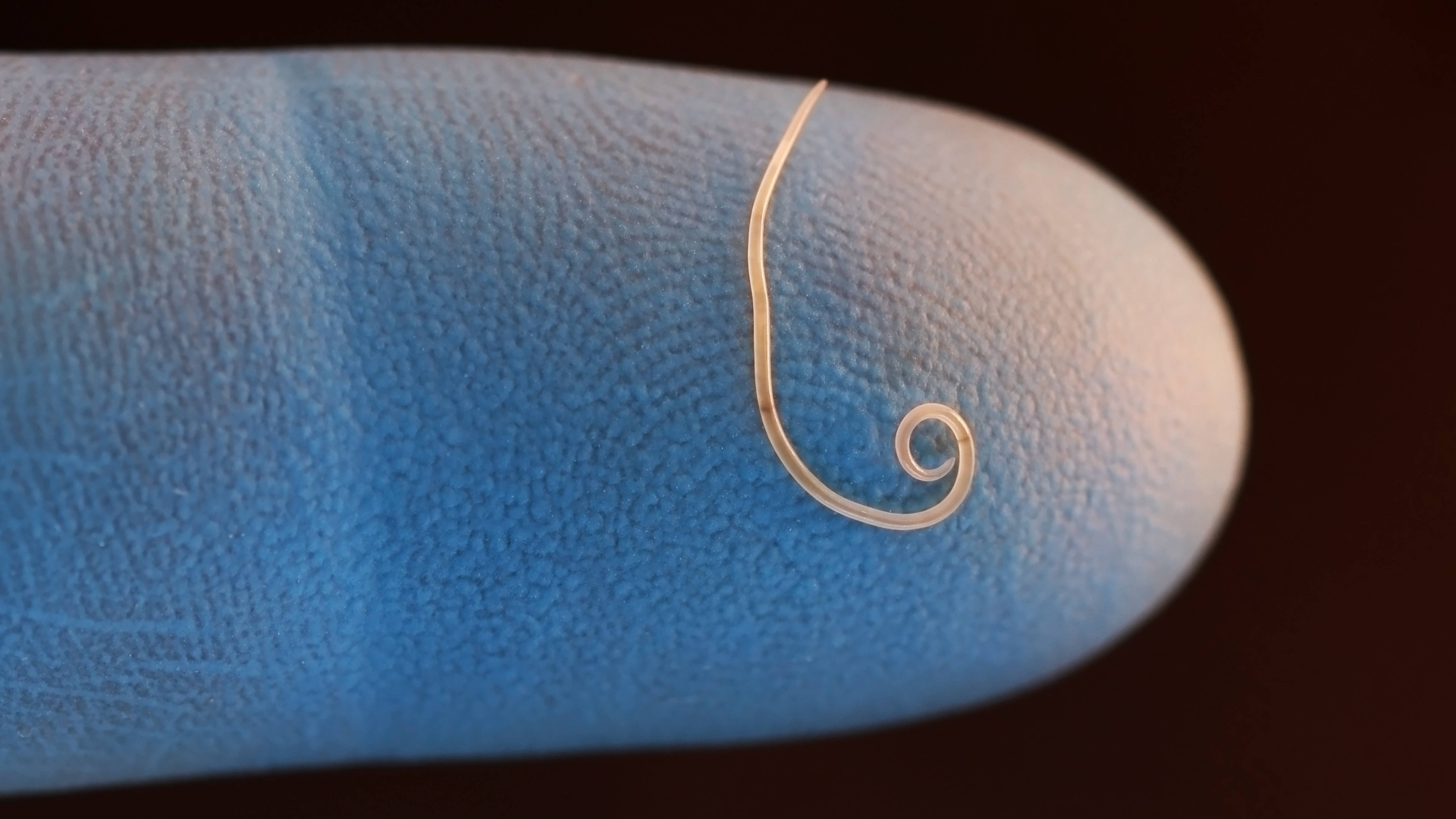Ceramics, Vol. 7, Pages 491-503: The Origin of the Low-Temperature Minimum of Electrical Resistivity in Strontium Ferromolybdate Ceramics
Ceramics doi: 10.3390/ceramics7020032
Authors: Gunnar Suchaneck Evgenii Artiukh Gerald Gerlach
In this work, we analyze the electrical behavior of strontium ferromolybdate below room temperature. We demonstrate that in SFMO ceramics, SFMO thin films deposited by pulsed laser deposition including (100) and (111) textured thin films, as well as in nonstoichiometric SFMO ceramics, an intergrain tunneling mechanism of charge carrier conduction leads to a decrease in resistivity with increasing temperature in the low-temperature region. This intergrain tunneling can be attributed to fluctuation-induced tunneling. On the other hand, bulk metallic resistivity of the grains, which increases with temperature, becomes dominant at higher temperatures and magnetic fluxes. The interplay of these conduction mechanisms leads to a resistivity minimum, i.e., a resistivity upturn below the temperature of minimum resistivity. Several mechanisms have been discussed in the literature to describe the low-temperature upturn in resistivity. Based on available literature data, we propose a revised model describing the appearance of a low-temperature resistivity minimum in SFMO ceramics by an interplay of fluctuation-induced tunneling and metallic conductivity. Additionally, we obtained that in the region of metallic conductivity at higher temperatures and magnetic fluxes, the pre-factor Rm of the temperature-dependent term of metallic conductivity written as a power law decreases exponentially with the temperature exponent m of this power law. Here, the value of m is determined by the charge scattering mechanism.

 1 month ago
17
1 month ago
17


